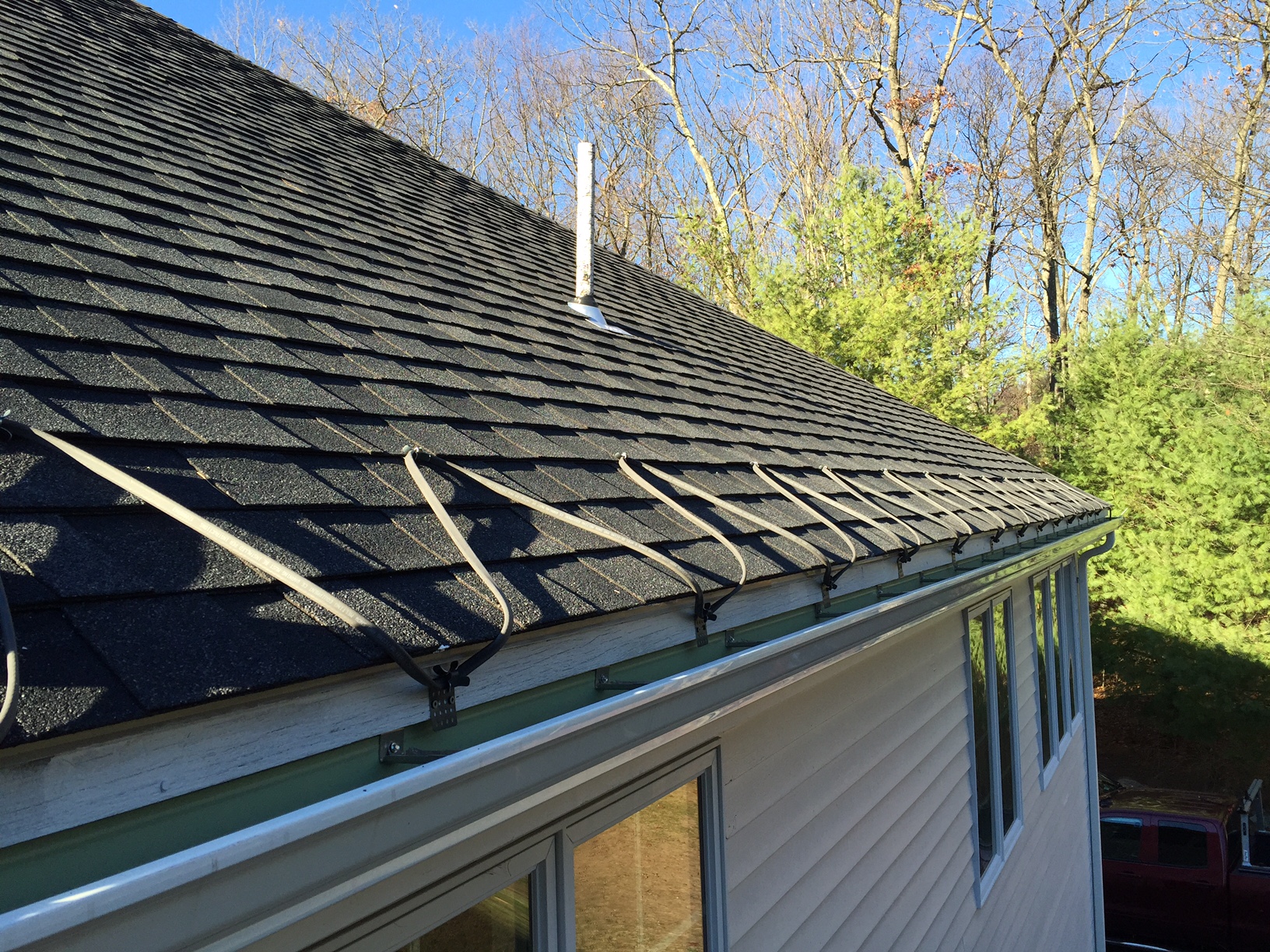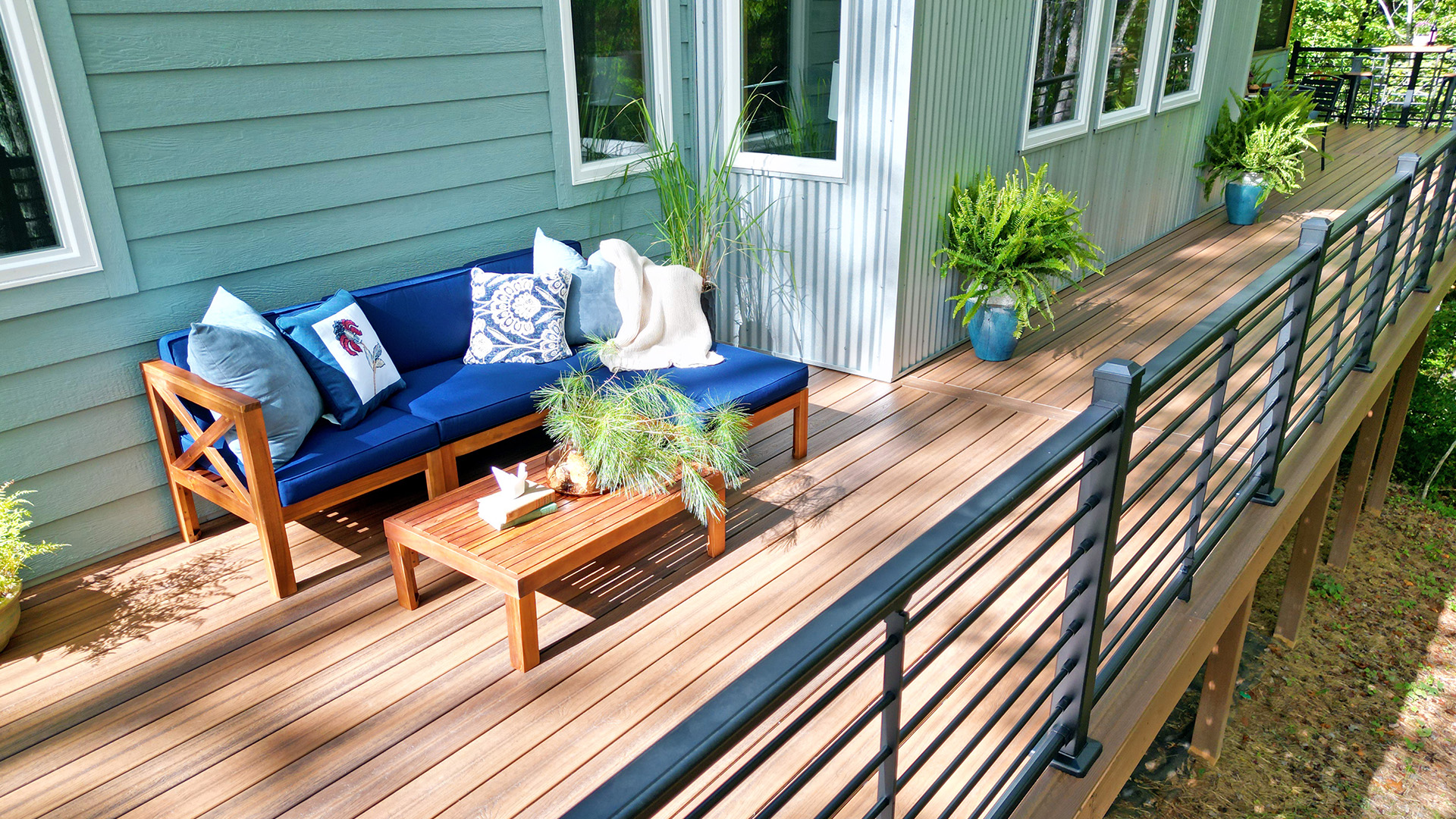The roof is arguably the most important part of a home. From keeping water out to providing insulation, it’s an integral component in ensuring that you and your family stay dry and warm during even the harshest winter storms. But all these is a tedious task and demands professional attention. If you are living in Elizabethtown, PA, you can always get in touch with Burns Home Improvements. This blog post will outline some simple rules for how to make the perfect roof.
Always Keep Your Roof Clean
It’s always a good idea to brush off the snow from your roof after a winter storm. A layer of fresh snow sits atop ice, which can cause all sorts of problems for your home’s ceiling and walls. By brushing off the snow before it melts, you’ll keep moisture away from your home and prevent any frost or ice buildup during cold temperatures.
Avoid Over-Watering Plants Near Your Roof
Over watering plants near your house can lead water damage that seeps through the foundation wall and into the inner walls of your home creating costly repairs. Low hanging trees with shallow root systems is another problem that can cause similar injuries to the foundation of yours homes exterior walls. Avoid both issues by avoiding over watering and planting tall trees the distance away from your home.
Avoid Using High Powered Water Pressure Too Close To The House
Using a powerful hose right next to a wall can cause cracks in mortar and brick, leading to costly repairs when the water melts the snow on your roof and causes structural damage. It’s usually enough to spray down the side of your home with a garden hose or watering can instead.
Keep The Gutters Of Your Roof In Good Condition
An overgrown, clogged or damaged downspout can cause major problems during the winter. When snow melts on your roof, it needs to go somewhere, which is usually down the drainpipe. A blocked gutter will lead water pooling up next to house causing ice buildup and possibly even structural damage. Always make sure that gutters are flowing freely and that any foliage near your home isn’t blocking the drainage pipes.
Always Insulate Properly
Insulating your attic is key to keeping cost heat in during the winter months as well as preventing excessive cooling bills in the summer. Make sure you check for gaps in insulation by pulling back a few boards every now and then throughout the year. It’s always better to find a missing patch before it gets cold again.
Always Maintain Your Attic Ventilation
Just like insulation, proper ventilation is key to keeping the heat inside and preventing excessive cooling costs in the summer. Some homes will have a mechanical fan that pulls air out of the attic, which can be switched on above freezing temperatures when you’re away from home. As well as preventing overheating it can also prevent mold and mildew buildup by drying damp air before it has a chance to spread.
Keep An Eye On Snow Accumulation
When a heavy layer of snow falls, make sure you get off your roof immediately afterwards so that you don’t fall through any weak ice or snow bridges created by previous weight. It’s not just snow either; make sure there aren’t any signs of loose chipped ice either as the large sheets covering your roof can support even more weight than you think.
Avoid Storing Rocks Above Your Roof
It sounds silly, but a cinderblock, piece of wood or hanging rock is all it takes to cause serious damage. Objects stored on top of your home will inevitably snow blow off and fall through any weak roofs when no one’s looking. It might not seem like much weight at first, but that block could be enough to punch a hole in the ceiling if left unaddressed for too long. Make sure you’re aware what’s stored up there before you get even remotely close to a ladder or roof access door!
Always Use Roofing Material That Is The Same Color As Your House
When snow falls, it doesn’t just melt on your roof, but also on your shingles. It’s a good idea to apply roofing membrane material that matches the color of your house (also known as “underlayment”) so that when the water starts accumulating it blends in with the natural colors of the home and is less likely to be noticed by passersby.




